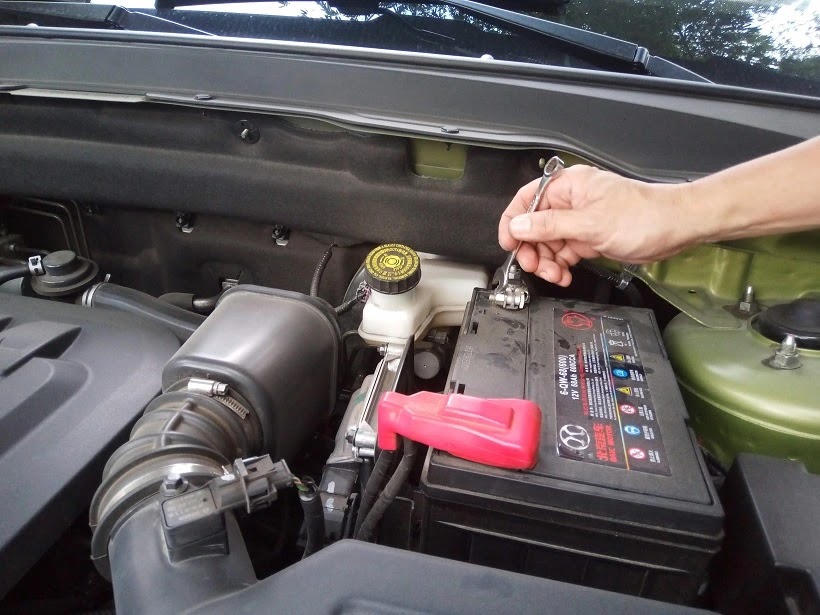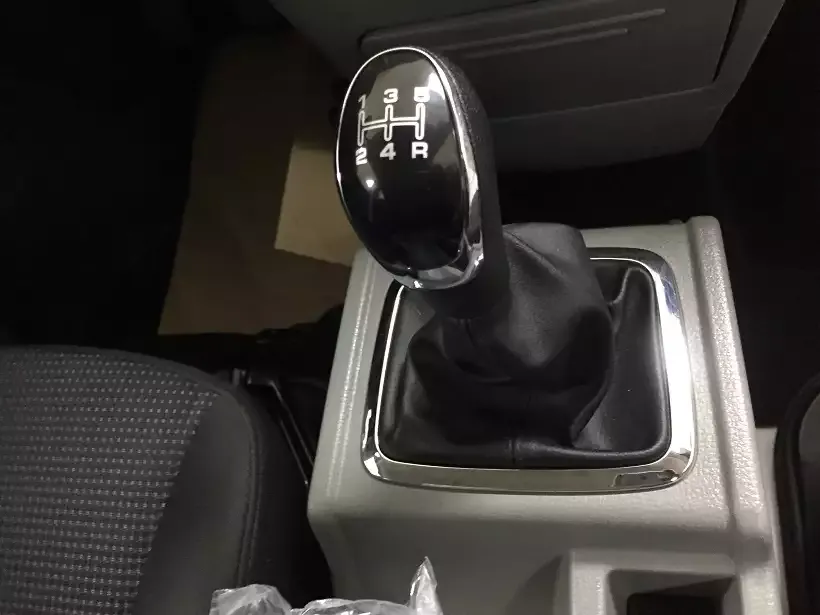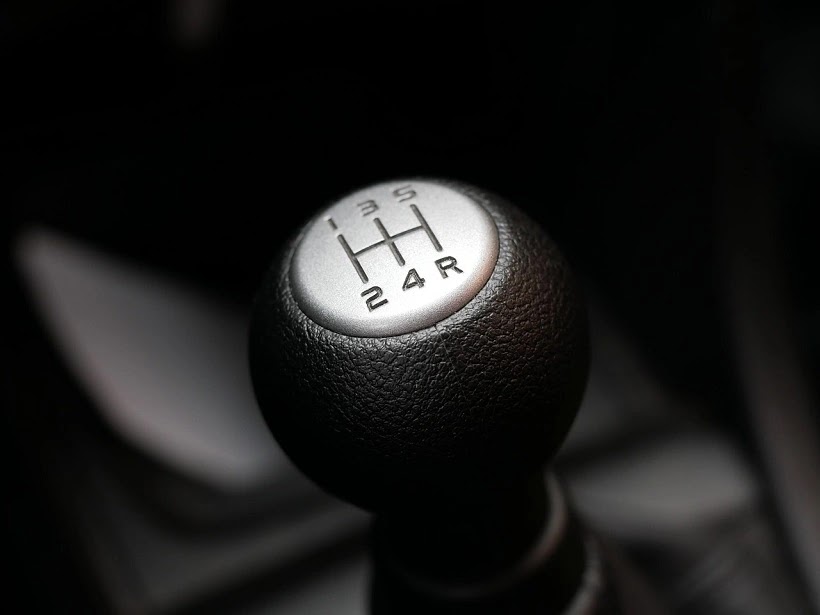It's a frustrating experience when you've just replaced your car's battery only to find that your car still won't start. Many car owners assume that a new battery will instantly solve their starting issues, but sometimes, there are other underlying problems that prevent the engine from firing up. This article will explore the potential reasons why your car won't start after replacing the battery, along with practical solutions. By understanding these issues, you can take the right steps to get your car back on the road as soon as possible.
When a car won’t start after replacing the battery, it's essential to understand that several components in the car’s electrical and ignition system work together to get the engine going. A new battery might provide the necessary power, but if other components are faulty, your car may still fail to start.
Replacing a battery can occasionally result in issues such as loose connections, misplaced wires, or even tripped safety features. In this article, we’ll go through the various reasons that could cause your car to not start, even with a brand-new battery, and provide insights into how you can resolve these issues.
Common Reasons for Car Not Starting After Battery Replacement
Let's explore some of the most common reasons that could cause your car to refuse to start, even after you've replaced the battery:
Faulty Battery ConnectionsThe most common issue is a simple one: loose or improper battery connections. If the battery terminals aren't properly connected, the power can't flow to the engine's electrical system.
• Loose Terminals: After replacing a battery, you need to ensure the terminals are tight and secure.
• Dirty Terminals: Even with a new battery, dirt, and corrosion on the terminals can prevent a proper connection.
Blown Fuses or RelaysBlown fuses and relays are another potential culprit. These components are responsible for transmitting electrical power to various parts of your car, including the ignition system.
• Main Fuse: A blown main fuse can cut off the power supply to the starter.
• Starter Relay: This relay sends power to the starter motor; if it's blown, your car won’t start.
Ignition Switch IssuesThe ignition switch activates your car’s electrical system and, in turn, the engine. If the ignition switch is faulty, it may not engage the system properly, leaving you with a car that won't start.
• Worn Contacts: The switch contacts may wear out over time, making it difficult to start the car.
• Electrical Issues: The ignition switch wiring can become damaged, preventing it from sending the proper signal.
Bad Starter MotorThe starter motor is a key component in the ignition process. If it's not functioning correctly, your car won’t start, no matter how powerful the battery is.
• Worn Out Starter: Over time, the starter can wear out, leading to failure.
• Starter Solenoid Issues: The solenoid is responsible for engaging the starter; if it's faulty, your car may not start.
Malfunctioning AlternatorThe alternator is responsible for charging the battery while the car is running. If it’s malfunctioning or the alternator is bad, the battery may not hold a charge, even if it’s new.
• Charging Issues: A malfunctioning alternator won't charge the battery, leading to a dead battery even after replacement.
• Voltage Regulation Problems: The alternator regulates the voltage going to the battery; if this fails, it may cause electrical issues.
Anti-Theft System ActivationMany modern vehicles come with anti-theft systems that can prevent the car from starting if triggered. Replacing the battery may reset or engage these systems unintentionally.
• Key Fob Issues: Some anti-theft systems rely on a signal from the key fob; if it's out of sync, the car won't start.
• System Reset: Some vehicles require a reset after battery replacement to disable the anti-theft mode.
Corroded or Damaged WiresOver time, the wires connecting various components in your car can become corroded or damaged. This can prevent the necessary current from reaching the starter or ignition system.
• Battery Cables: If the cables are corroded, they may prevent proper power flow.
• Wiring Harness: Wires leading to the starter or ignition may be damaged, interrupting the current flow.
Faulty Neutral Safety SwitchFor automatic cars, the neutral safety switch prevents the car from starting in any gear other than park or neutral. If this switch is faulty, the car won't recognize that it's safe to start.
Computer or ECU IssuesModern vehicles rely on a computer, or ECU (Engine Control Unit), to manage engine functions. If there's a software issue or the ECU needs to be reset, it can prevent your car from starting.
Troubleshooting Steps for When Your Car Won’t Start
If your car won't start after replacing the battery, here are some practical steps you can take to identify and possibly resolve the problem:
Step 1: Check Battery Connections. Start by ensuring that the battery terminals are securely connected and free of corrosion. Clean them if necessary.
Step 2: Inspect Fuses and Relays. Check the fuses and relays related to the starter and ignition system. Replace any that are blown.
Step 3: Test the Starter Motor. If you hear a clicking noise when you turn the key, it might be the starter motor. Testing or replacing the starter may be necessary if it’s not working correctly.
Step 4: Examine the Ignition Switch. Turn the key to the ON position and see if the dashboard lights up. If it doesn’t, you may need to replace the ignition switch.
Step 5: Check for Anti-Theft Activation. If you suspect the anti-theft system is the issue, try using the key fob to lock and unlock the car, which may reset the system.
Step 6: Inspect Wiring and Battery Cables. Look for visible signs of wear or corrosion on the battery cables and wires. Replace or repair any damaged components.
Step 7: Test the Alternator. Use a multimeter to check the voltage output of the alternator. If it’s not within the manufacturer’s recommended range, you may need to replace it.
Step 8: Check the Neutral Safety Switch. Try shifting the car into neutral and then starting it. If this works, the neutral safety switch may need to be replaced.
Step 9: Reset the ECU. Sometimes, disconnecting and reconnecting the battery can reset the car's ECU, which may resolve any software issues. Leave the battery disconnected for about 15 minutes before reconnecting it.
Preventative Measures for Battery and Starting Issues
• Regular Battery Maintenance: Clean the battery terminals periodically to prevent corrosion.
• Monitor Battery Health: Use a multimeter to check your battery’s charge level every few months.
• Drive Regularly: Driving your car regularly helps maintain the charge and prevent the battery from dying.
• Check Electrical Components: Regularly inspect wiring, fuses, and relays, especially if you live in an area with extreme weather.
• Test the Alternator: Have your alternator checked during routine maintenance to ensure it’s functioning correctly.
When to Seek Professional Help
If you’ve gone through the troubleshooting steps and your car still won’t start, it may be time to consult a professional mechanic. Some issues, like a faulty alternator or ignition switch, require specialized tools and expertise to diagnose and repair. A professional can also perform a more thorough inspection and use advanced diagnostic equipment to pinpoint the exact issue.
Final Thoughts
A car that won’t start after replacing the battery can be a frustrating experience. However, by understanding the potential causes and following the troubleshooting steps outlined in this guide, you can often resolve the issue yourself. Remember, regular maintenance and periodic checks on your car’s electrical system can help prevent many starting issues. If the problem persists, don't hesitate to seek professional help to ensure a proper diagnosis and timely repair.
Want more videos all about auto?
Subscribe to our YouTube channel👉Cartech Home











